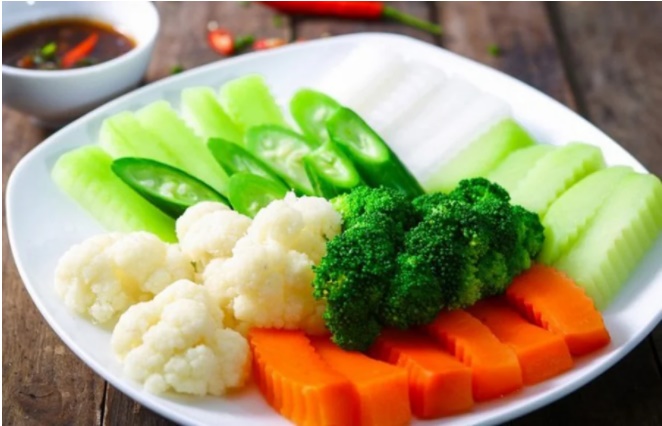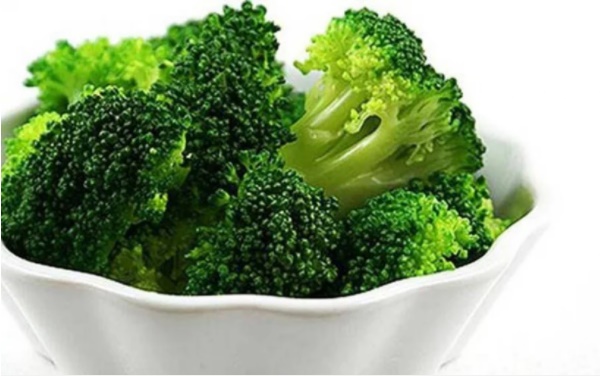The Ultimate Guide to Boiling Vegetables: Tips for Bright, Crisp, and Delicious Results
Method 1: Add Salt and Plunge Vegetables into Icy Water
Start by thoroughly washing and drying your chosen vegetables. Next, boil a pot of water on high heat. Once the water reaches a rolling boil, add a pinch of salt to help retain the vegetables’ vibrant green color. The ideal ratio is 1/4 teaspoon of salt for every half liter of water.
Wait for the water to come to a full boil before carefully adding the vegetables. If added too early, they may turn an unappetizing shade of black. After adding the vegetables, continue boiling for 2-5 minutes, depending on their type. Test for doneness after 30 seconds of boiling, and once they’re cooked to your liking, use a slotted spoon to remove them from the pot.
Plunge the blanched vegetables into a bowl of ice-cold water with a few ice cubes for 2-3 minutes. This method helps lock in the vibrant green color and gives the vegetables a delightful crisp texture.

The secret to perfectly boiled vegetables: crisp and bright green
Method 2: Add Oil to the Boiling Water
Before boiling your vegetables, prepare a bowl of ice water to shock them after cooking. To enhance their gloss and shine, add a small amount of cooking oil to the boiling water just before removing the vegetables. This thin layer of oil will coat the vegetables, resulting in a brighter, glossier, and more mouthwatering appearance.
Method 3: Add a Splash of Lemon Juice or Vinegar
A clever way to retain the vegetables’ color and flavor is to add a splash of fresh lemon juice or a few drops of vinegar to the boiling water. This method works well for vegetables like cauliflower and carrots. Not only does it preserve their natural hue, but it also helps remove toxins and boosts their nutritional value. Say goodbye to dull, unappetizing vegetables and hello to bright, inviting colors on your plate!

Master the art of boiling vegetables: the secret to vibrant, delicious results
Tips for Selecting the Best Vegetables
To ensure your boiled vegetables are packed with flavor and have that irresistible crisp texture, choose fresh, high-quality produce. Avoid yellow, wilted, or bruised vegetables, as these signs indicate a loss of freshness and flavor. Opt for vibrant, freshly picked vegetables to take your culinary creations to the next level.
Source: Khoevadep
More Useful Advice for Homemakers (Part 2)
Have you heard of the surprisingly easy tips to make cooking and household chores simpler? White radish eliminates the acrid taste of salted meat, adding alum to raw shrimp helps soften it, and adding cold water when frying eggs can make them crispy – these are just a few of the tricks to make your life easier.
Cooking Process’>Ten Strategies to Streamline Your Cooking Process
Are you a busy housewife looking for ways to save time in the kitchen? Did you know that flossing can also help you out? Check out these 10 tips to help you quickly and easily prepare delicious meals for your family. Learn how to peel garlic in 10 seconds and cut cherry tomatoes quickly for a healthy and tasty meal.






































